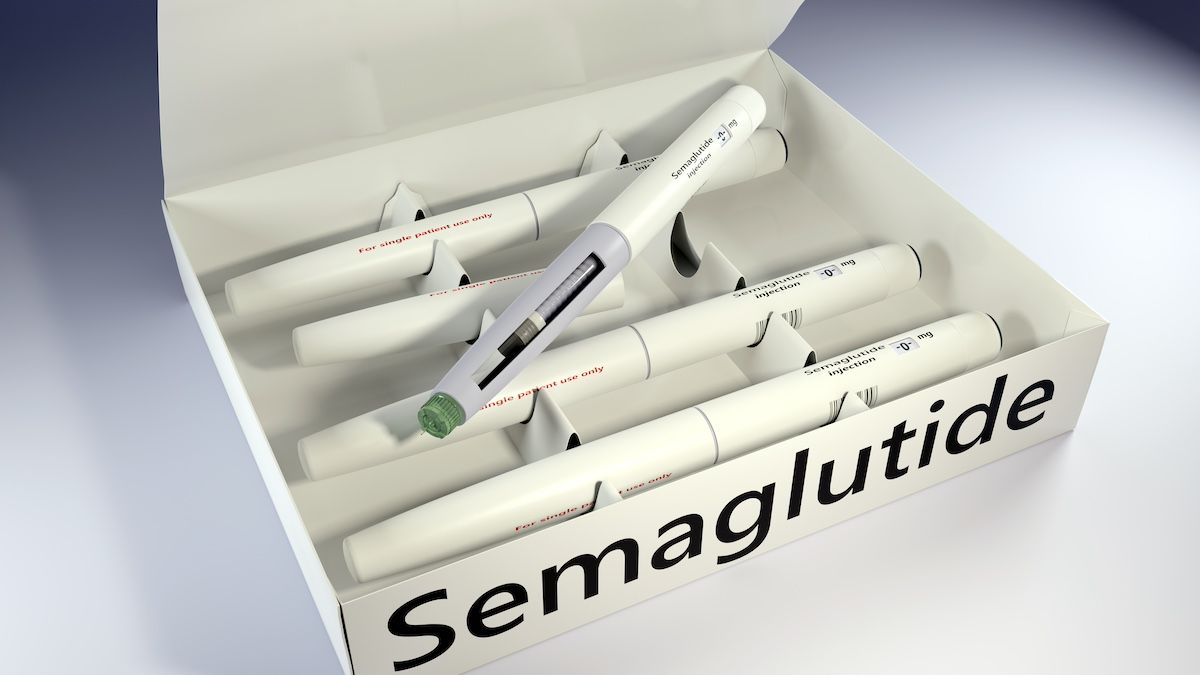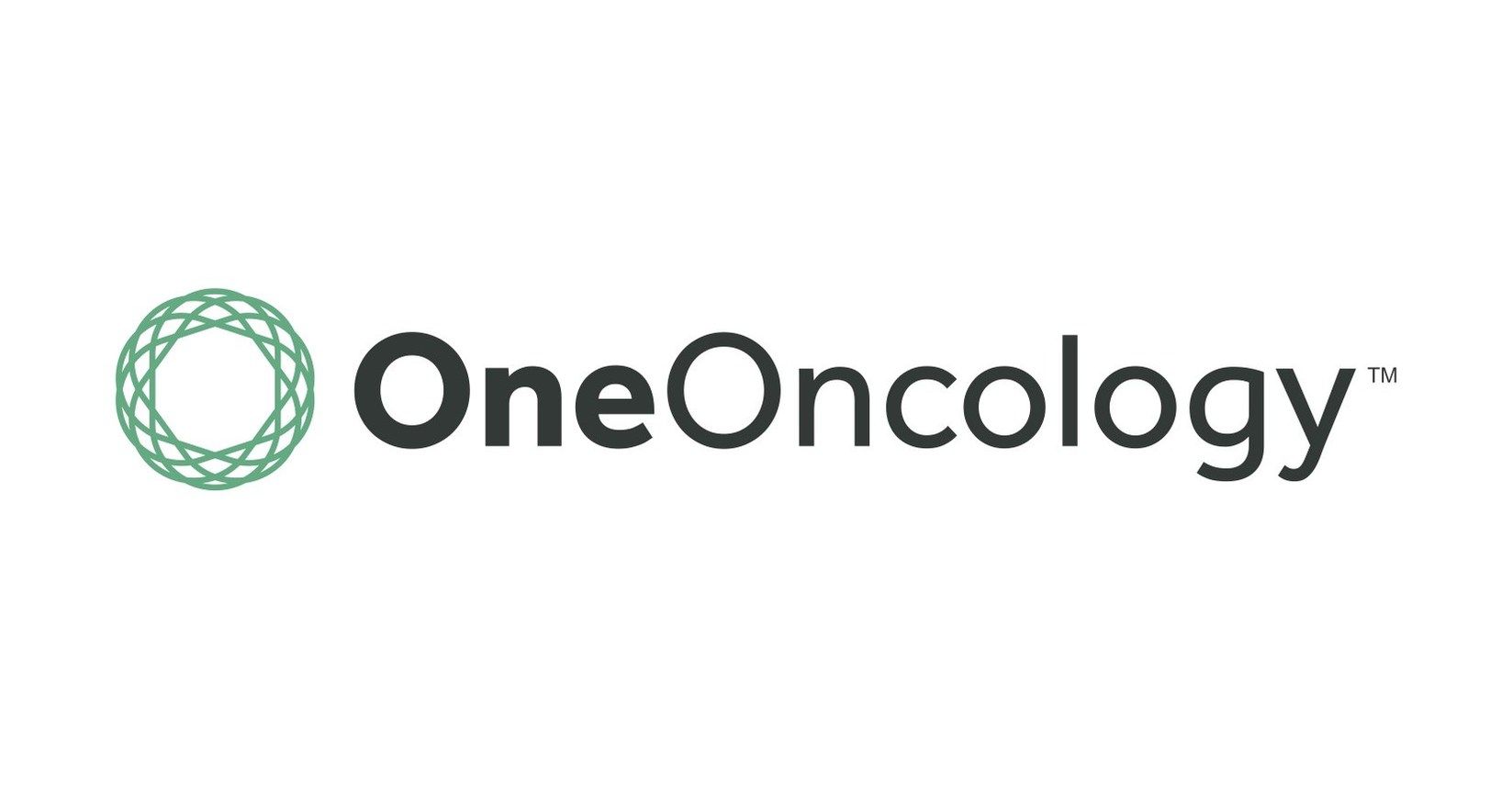Article
Understanding the Complexity of Oncology Drug Pricing
Author(s):
Brian Corvino, MBA, managing director, Life Sciences and Health Care Practice, Deloitte Consulting, LLP, offered an overview of how the surge of innovation in oncology—and resulting drug approvals—dominate the biopharmaceutical sector. He spoke at the Community Oncology Alliance's Payer Exchange Summit.
The explosion of new, life-saving therapies in oncology offers opportunities to transform patients’ lives. But for some, the complex system of pricing, insurance coverage, and rebates in the United States creates barriers to care, according to an expert who spoke this week during the Community Oncology Alliance Payer Exchange Summit in Tyson’s Corner, Virginia.
Brian Corvino, MBA,managing director, Life Sciences and Health Care Practice, Deloitte Consulting, LLP, offered an overview of how the surge of innovation in oncology—and resulting drug approvals—dominate the biopharmaceutical sector. As he noted, new therapies, better screening and prevention, and other improvements have led to a 32% drop in cancer death rates over the past 3 decades, alongside a 73% rise in survival gains.
For many patients, the focus has shifted to survivorship; some may take medication over an extended period. “If you think about how different that is from the insurance benefit designs of many years ago—in certain cancer conditions we are really moving towards normal chronic disease management,” Corvino said.
The rise of FDA approvals in oncology, including a bumper crop in 2021, has come with greater focus on precision medicine and biomarker-driven trials, he said. Most approvals occur through expedited pathways, which Corvino noted require ongoing studies and investment after the approval.
Oncology, by far, outpaces other disease areas for research and development into new therapies. “This has been the frontier,” Corvino said, where the smartest scientists go to spend their careers. Yet, as has been well documented, for every success in drug development, there are many failures—the success rate is about 10%.
Drug pricing and value. Once approved, a cancer therapy must get to patients, and Corvino explained this is far from a direct path. He described a drug’s journey through “an ecosystem” that includes payers and pharmacy benefit managers (PBMs), employer groups, pharmacies, distributors, pathway vendors, provider groups, and population health decision makers, among others. A PBM decision tree looks like a subway system map before one lands at what seems a simple question: What does a drug cost?
As Corvino explained, this question has many answers. The “price” of a drug is defined many ways, depending on the stakeholder and where the drug is its path to the patient. For example, wholesale acquisition cost (WAC) is not the same as average sales price (ASP), yet both are important in other parts of the ecosystem, with ASP being used to calculate reimbursement for providers.
Corvino said there is more than one “lens” to consider when establishing the WAC. Beyond traditional market considerations, the new Inflation Reduction Act (IRA) offers new guidance on thinking about costs, as it spells out terms that CMS must use for selecting a “maximum fair price” for certain drugs used in Medicare.
Drug makers use multiple factors to set prices, including measures of value—which include traditional measures such as quality-adjusted life years and whether the drug’s use yields net savings, such as reducing overall hospital admissions. Other factors may be used; for employers, a value measure might be whether someone can return to work without limitations.
Corvino noted that “most biopharmaceutical manufacturers today are publicly traded entities with shareholders,” and must deliver shareholder return on capital.
Drug spending. Corvino presented data to show that US health care spending has reached $4.12 trillion in 2020; according to CMS, this is 19.7% of gross domestic product (GDP). So, while US health care spending is larger than the total GDP of many countries, Corvino said drug spending as a percentage of health spending is “roughly comparable, if not slightly before the average.”
Second, Corvino explored the reality of net prices in drug spending. Although spending has increased by $82 billion over the past 5 years, he said the main drivers have been the number of new drug brands and their volume, not the prices. These factors were offset by the arrival of generics, as older brands lost exclusivity and gave patients lower-priced options. While overall oncology drug spending is projected to climb to $114 billion by 2026, growth will slow due to uptake of biosimilars, and Corvino projected that net price increases will be small, less than the consumer price index.
Corvino then broke out what goes into the WAC for most pharmaceutical companies. “If you take the list prices that they charge, and you take out the rebates and discounts, it’s about 50%,” he said. An estimated 19% is taken up by 340B discounts.
What patients pay. A patient’s perception of drug prices is not the WAC or the ASP but what the out-of-pocket (OOP) costs are, and Corvino said medical bankruptcies and financial burdens that delay time to therapy are ongoing problems that affect patient outcomes.
There is good news on this front. “We are living in an environment where patient support is better,” he said. Industry support for patient assistance, independent foundations, and other supports have increased. Policy changes coming to Medicare will shape patient spending; a tenet of the IRA calls for capping beneficiaries’ OOP costs at $2000 per year by 2025.
Corvino pointed to multiple “catalysts” that he said will continue to drive discussions on drug pricing and access: besides innovation, new payment models, and government policy changes, he pointed to ongoing “frictions” in the pricing system.
Gaining knowledge in this area matters, he said, because drug pricing affects virtually everyone at some point, yet “it’s one of the most complex pricing ecosystems that exist for any good that I can imagine.”





